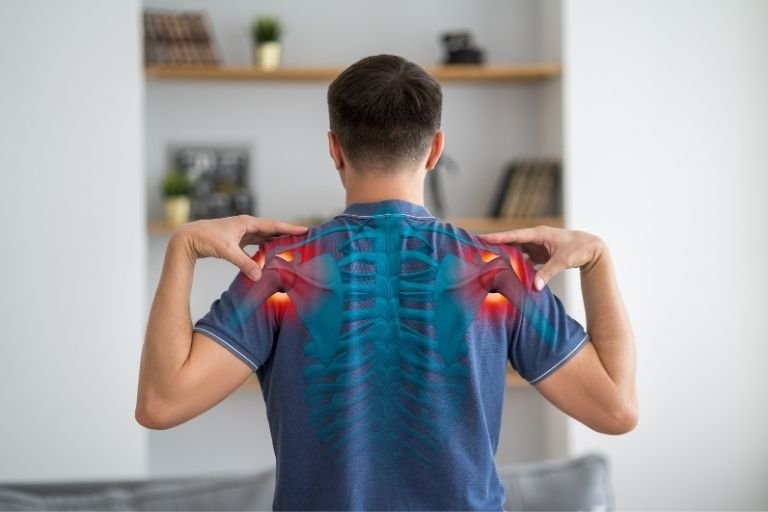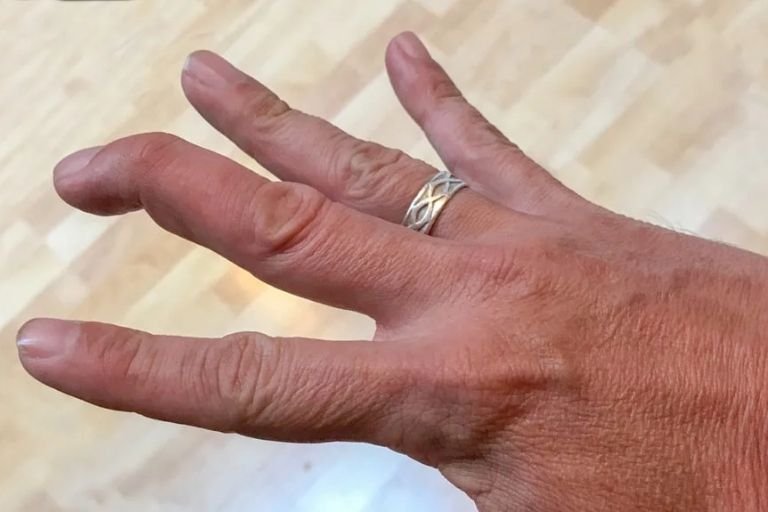- Fitwell Physiotherapy
Plantar Fasciitis

Plantar fasciitis is a common condition characterized by inflammation of the plantar fascia, a thick band of tissue that runs across the bottom of your foot, connecting your heel bone to your toes. This inflammation can cause heel pain and discomfort, particularly when walking or standing for long periods. Here’s a breakdown of the symptoms, causes, when to see a physiotherapist, risks, prevention strategies, and treatments associated with plantar fasciitis:
Please submit your details below.
Symptoms:
- Heel Pain: The most common symptom is a sharp, stabbing pain in the bottom of the foot near the heel. This pain is usually at its worst in the morning or after long periods of rest.
- Pain with Activity: Pain often worsens with activity, especially after prolonged periods of standing or walking.
- Stiffness: Some individuals may experience stiffness and tightness in the heel and bottom of the foot.
Causes:
- Overuse: Plantar fasciitis often develops due to repetitive strain or overuse of the plantar fascia. This can be caused by activities that involve prolonged standing, walking, running, or jumping.
- Poor Foot Mechanics: Flat feet, high arches, or abnormal walking patterns can put additional stress on the plantar fascia, leading to inflammation.
- Improper Footwear: Wearing shoes with inadequate support or poor cushioning can contribute to the development of plantar fasciitis.
When to See a Physiotherapist:
It’s advisable to consult a physiotherapist if you experience persistent heel pain that doesn’t improve with rest or self-care measures. Additionally, if the pain interferes with your daily activities or if you notice swelling, redness, or bruising in the heel area, seeking professional help is recommended.
Risks:
- Age: Plantar fasciitis is more common in adults, especially those between the ages of 40 and 60.
- Certain Activities: Athletes, particularly runners, dancers, and those involved in activities that place repetitive stress on the feet, are at increased risk.
- Obesity: Excess weight can increase the strain on the plantar fascia, increasing the risk of inflammation and heel pain.
Prevention:
- Wear Supportive Shoes: Choose shoes with adequate arch support, cushioning, and shock absorption, especially if you’re on your feet for long periods.
- Gradual Activity Progression: Avoid sudden increases in activity intensity or duration. Gradually build up your exercise routine to give your feet time to adapt.
- Stretching Exercises: Perform regular stretching exercises to improve flexibility in the calf muscles and the plantar fascia, reducing the risk of strain and injury.
- Maintain a Healthy Weight: Maintain a healthy weight to reduce the strain on your feet and lower the risk of developing plantar fasciitis.
Treatments:
- Rest and Ice: Resting the affected foot and applying ice packs can help reduce inflammation and alleviate pain.
- Physical Therapy: A physiotherapist can develop a personalized treatment plan that may include stretching exercises, massage, ultrasound therapy, and other modalities to relieve symptoms and improve foot mechanics.
- Orthotic Inserts: Custom orthotic inserts or supportive shoe inserts can help correct foot mechanics and provide additional cushioning and support.
- Night Splints: Wearing night splints can help stretch the plantar fascia and Achilles tendon while you sleep, reducing morning stiffness and pain.
- Medications: Nonsteroidal anti-inflammatory drugs (NSAIDs) such as ibuprofen or naproxen may be recommended to reduce pain and inflammation.
- Corticosteroid Injections: In severe cases, corticosteroid injections may be administered to reduce inflammation and pain.
- Extracorporeal Shock Wave Therapy (ESWT): This non-invasive procedure uses shock waves to stimulate healing and reduce pain in stubborn cases of plantar fasciitis.
Plantar fasciitis can be a debilitating condition, but with proper treatment and preventive measures, most people can find relief from pain and resume their normal activities. It’s important to address symptoms early and seek professional guidance to prevent the condition from worsening.
Frequently Asked Questions
Related Conditions
How Fitwell Physiotherapy Can Help?
Dr. Richa’s Fitwell physiotherapy has an extensive team of physiotherapists all within their own specialist areas of physiotherapy. Whatever your condition, we guarantee that we will have the best physiotherapist for you. We assess, diagnose, plan, cure and care for you.
Fitwell Physiotherapy Clinic, Pune provides you best physiotherapy treatment in Kharadi, pune. We also serve Chandan Nagar, Vadgaon Sheri, Keshav Nagar, Wagholi & nearby Areas in Pune. We are experts in treating Neck Pain, Hand Pain, Back Pain, Lower Back Pain, Knee Pain, Stiff Neck, Sciatica, Arthritis, Stroke Paralysis & Post Surgical Rehab.
We provide Specialized physiotherapy treatments in Sports Injuries, Pre and post Surgery, Neurologic, Pediatric, Chronic Pain/Fatigue, Rheumatology, Women’s Health, Men’s Health, Ergonomics, Vestibular, Amputees & all sort of Pain treatment and lifestyle conditions.

































































































